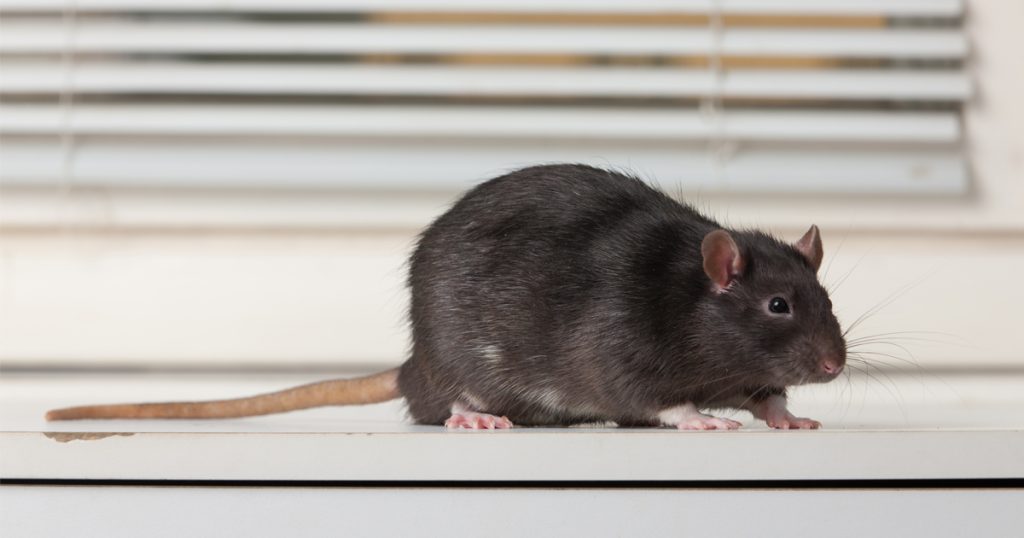What You Need to Know About the Rodents that “Share Your Table”
When rodents enter human habitat, they are known as commensal rodents, defined as “sharing one’s table.” These rodents live among and are dependent on humans for their survival needs, such as food, water and shelter.
Rodents, from the Latin rodere, “to gnaw,” are characterized by a single pair of continuously growing incisors in each of the upper and lower jaws. Because the incisors don’t stop growing, rodents must gnaw on things to wear them down, sometimes causing structural damage.
Rats make up the largest single group of mammals, constituting one-third of the earth’s total mammal population.
There are more than 2,000 species of rodents in the world, but the Norway rat, roof rat and house mouse cause the greatest food, safety and economic concerns. It is estimated that rats alone cause $19 billion in food damage in the United States each year.
Foodborne illness caused by rodents may result in litigation, brand damage and loss of business. Commensal rodents have been reported to harbor and spread as many as 200 human pathogens, including those associated with salmonellosis, toxoplasmosis, infectious jaundice, rat bite fever, plague, hantavirus and many more. In fact, rodents are thought to be responsible for more deaths than all the wars over the last 1,000 years.
One of the most common mistakes when dealing with rodents is underestimating the population size. Too often, people put out equipment (traps, bait stations or glue boards) to control or monitor for rodents, but they don’t use enough to eliminate the problem. Always start with a sufficient amount of equipment, knowing extras can be removed when the problem is fixed.
Aggressive, quick action is best. Your safety and business may be at stake. If you need additional help ridding your property of rodents, call Guardian for the most thorough pest solutions available.






